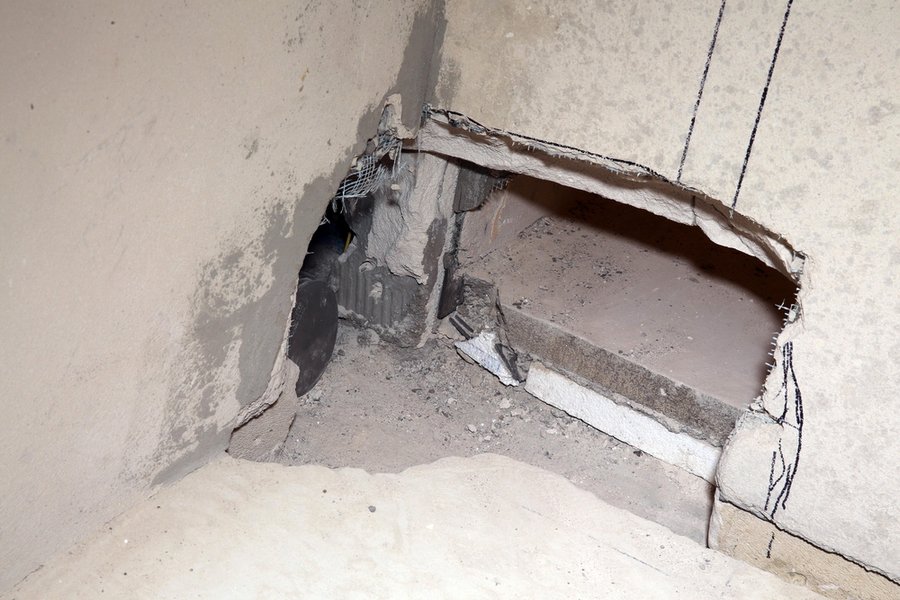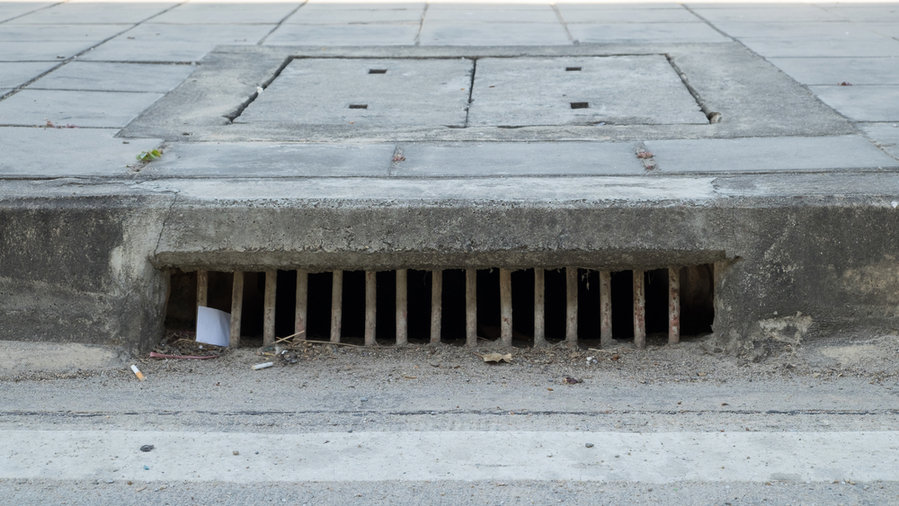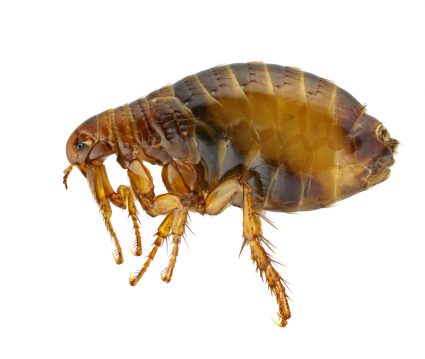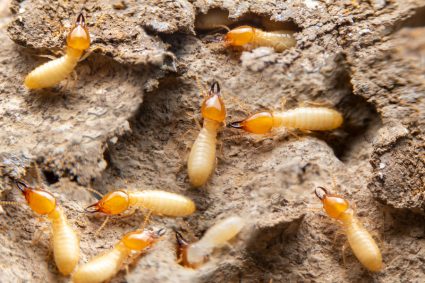
Where do roof rats like to hide during the day?
Why do roof rats need a place to hide during the day?
What are some common hiding places for roof rats during the day?
Roof rats are a common problem in many areas and can cause significant damage to homes and buildings. These rodents are active at night but also need a place to hide and rest during the day.
Knowing where roof rats go during the day can help control their populations and prevent damage to homes and buildings. Some common places where roof rats may hide during the day include:
- Attics: Roof rats are excellent climbers and often find their way into attics. They may create nests using insulation or other soft materials.
- Wall voids: Roof rats may hide in wall voids, such as spaces between walls or ceilings.
- Crawl spaces: Roof rats may hide in crawl spaces under houses or buildings.
- Trees and shrubs: Roof rats are good climbers and may find shelter in trees or shrubs.
It is important to note that roof rats are very agile and can easily access many hiding places, so their exact location during the day may vary. To control roof rat populations, it is important to identify and eliminate their hiding places and food sources.
In this article, we will explore the places roof rats may hide during the day and why it is important to be aware of these hiding places.
9 Common Places Roof Rats Go During the Day

Roof rats are nocturnal animals and are most active at night.
During the day, they hide in sheltered and secure locations to avoid predators and extreme weather conditions.
Such locations include:
1. Attics

Roof rats seek refuge in attics because they provide a warm and sheltered environment.
Once they have entered an attic, they may create a nest using insulation, soft materials, or even bits of paper or cardboard.
In addition, attics often offer plenty of food and water sources in the form of stored items, such as food containers and pet food.
If roof rats are suspected to be in an attic, it is important to address the issue immediately to prevent damage and contamination.
2. Wall Voids

Roof rats can gnaw and chew through various materials, allowing them to access wall voids in homes and buildings.
They may hide in these spaces during the day to avoid predators and extreme weather conditions.
In addition, wall voids often offer protection from the elements and provide a secure hiding place for the rats.
3. Crawl Spaces

Crawl spaces are another common hiding place for roof rats.
These spaces are often dark and quiet, making them ideal for the rats to hide during the day.
In addition, crawl spaces often offer access to other parts of the home, such as the attic or the walls, allowing the rats to move freely throughout the building.
4. Trees and Shrubs

Roof rats are excellent climbers and are known to climb trees and shrubs to reach high places, such as the roofs of buildings.
They may hide in these locations during the day to avoid predators and to find shelter from the elements.
Trees and shrubs near homes and buildings may provide access to the roof, making it easier for the rats to enter the building.
5. Under Decking and Patio Covers

Decking and patio cover often provide shelter for roof rats, especially if the area is close to food sources such as:
- Bird feeders.
- Outdoor kitchens.
- Compost piles.
During the day, roof rats may hide in these areas to avoid predators and find a safe and secure resting place.
If roof rats are suspected to be present in these areas, it is important to inspect the decking and patio covers for signs of damage or gnawing, as well as for any droppings or nests that may be present.
6. Garages and Sheds

Garages and sheds are often used to store items, such as tools, boxes, or stored food, making them ideal places for roof rats to hide.
During the day, roof rats may find shelter in these structures and may also find food sources, such as pet food or stored items.
If roof rats are suspected to be in garages or sheds, keeping these structures clean and free of clutter and storing food and other items in sealed containers is important.
7. Dense Vegetation

Dense vegetation, such as thickets of bushes or clumps of grass, may provide shelter for roof rats during the day.
These areas may offer protection from predators and provide a place for the rats to rest and hide.
If roof rats are suspected to be present in these areas, trimming or removing the vegetation may be necessary to reduce hiding places and prevent damage to homes and buildings.
8. Storm Drains and Sewer Systems

Roof rats are known to enter storm drains and sewer systems for food and shelter.
These areas may provide a safe hiding place for the rats during the day and offer access to other parts of the neighborhood.
If roof rats are suspected to be present in these areas, contacting a professional pest control company may be necessary for assistance in trapping and removing them.
9. Abandoned Buildings

Abandoned buildings, such as old homes or commercial structures, may shelter roof rats during the day.
These buildings may offer plenty of hiding places and may be close to food sources, such as dumpsters or trash cans.
If roof rats are suspected to be present in abandoned buildings, sealing openings or cracks may be necessary to prevent access and remove food or water sources.
Why Do Roof Rats Need a Place To Hide During the Day?

Finding a safe and secure place to hide during the day is crucial for the survival and well-being of roof rats.
Knowing where roof rats hide during the day can help control their populations and prevent damage to homes and buildings.
Roof rats need a place to hide during the day for several reasons:
1. Protection From Predators

During the day, roof rats are more vulnerable to predation by birds of prey, cats, and other animals.
These predators pose a serious threat to roof rats, and hiding in a secure location helps to protect them from being hunted and killed.
Hiding in a secure location also helps to reduce their exposure to other potential dangers, such as cars or other sources of injury or death.
2. Rest

Roof rats are highly active at night and need a place to rest and recover during the day.
Hiding in a quiet, dark place provides a safe and secure environment for roof rats to rest and recharge.
This is essential for their overall health and well-being, as a lack of rest can lead to stress, fatigue, and decreased immunity.
3. Avoiding the Heat

Roof rats are highly sensitive to high temperatures and must hide in a cool place during the day to avoid overheating.
Extreme heat can cause dehydration, heat exhaustion, and other health problems in roof rats.
Hiding in a cool and shaded place during the day helps to regulate their body temperature and reduce the risk of heat-related illnesses.
This is especially important in hot and dry climates, where temperatures can reach high levels during the day.
Hiding in a cool and shaded location helps roof rats to conserve energy, reduce stress, and maintain optimal health.
4. Food Storage

Roof rats are known to store food for later consumption and may hide in a secure location during the day to protect their stored food from other animals and humans.
Hiding in a secure location also allows them to easily access food stores when hungry.
Takeaway
Roof rats are highly active at night and need a place to hide during the day for protection from predators, rest, and to avoid the heat. They may hide in attics, crawl spaces, under structures, and vegetation.
Understanding why roof rats need a place to hide during the day can help control their populations and prevent damage to homes and buildings.
This may involve reducing food and water sources, eliminating hiding places, and sometimes seeking assistance from a professional pest control company.
Roof rats are complex and adaptable creatures that require a safe and secure environment to thrive. By understanding their behavior and needs, it is possible to effectively control and prevent their presence.
Knowing the different places where roof rats may hide during the day is important to effectively control their populations.
Reducing their hiding places and food sources may reduce the number of roof rats in an area and prevent damage to homes and buildings.
Frequently Asked Questions
What Are the Signs of Roof Rats During the Day?
The signs of roof rats during the day may include droppings, usually 1/2 to 3/4 inches long, with a pointed end and dark color.
Gnaw marks on electrical wires, pipes, and wooden structures can also signify roof rat activity.
Tracks or footprints may be visible in dust or soft materials, and nests may be found in attics, crawl spaces, or other hidden areas.
It may also be possible to hear the rats moving or scratching inside walls or attics during the day.
What Can Be Done To Prevent Roof Rats From Hiding During the Day?
To prevent roof rats from hiding during the day, it is important to eliminate sources of food and water. This can include properly storing food and other items in sealed containers, cleaning up any spills or crumbs, and eliminating sources of standing water.
Reducing hiding places can also prevent roof rats from residing in or around a home or building. This may involve sealing building cracks and holes, removing dense vegetation, and properly storing items in garages and sheds.
Sometimes, it may be necessary to contact a professional pest control company for assistance in trapping and removing the rats.
The pest control company may use a combination of bait, traps, and exclusion methods to control the population of roof rats.












